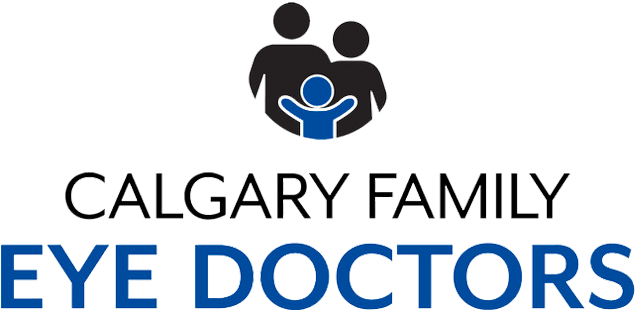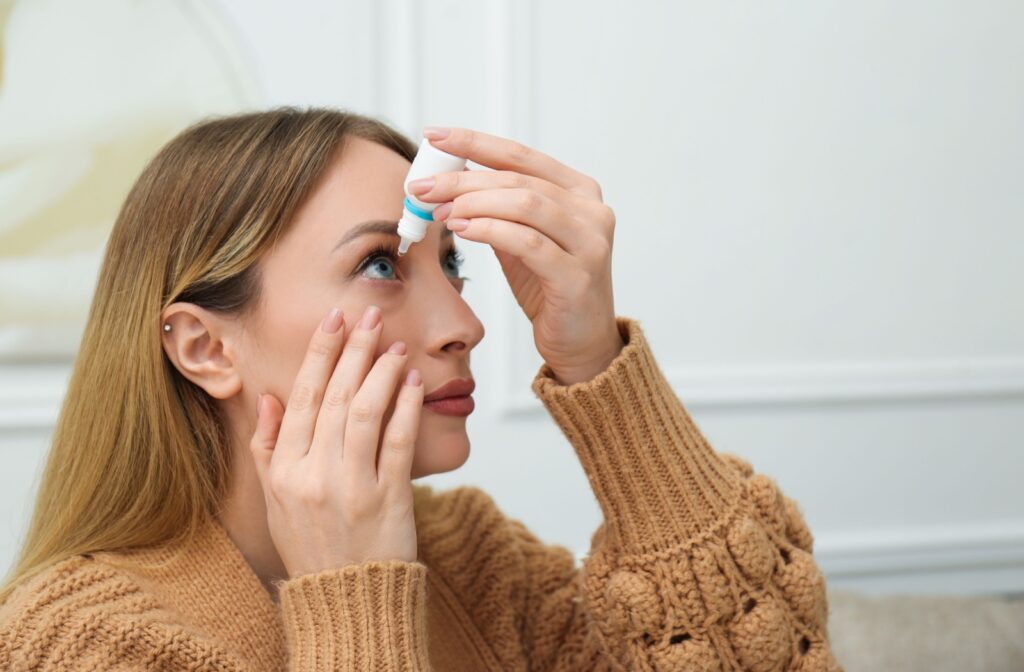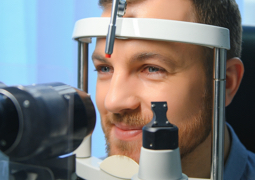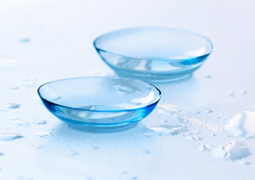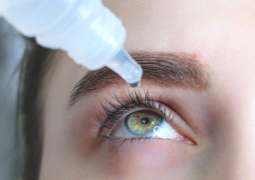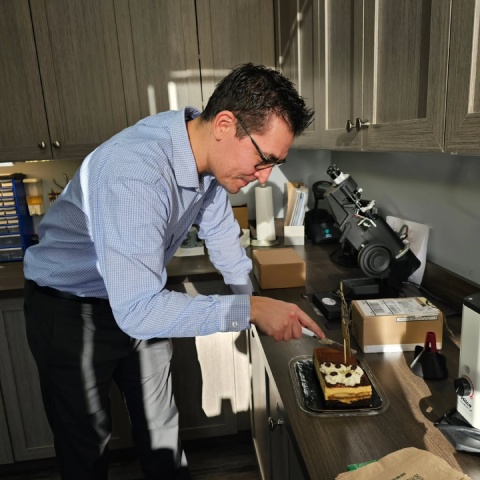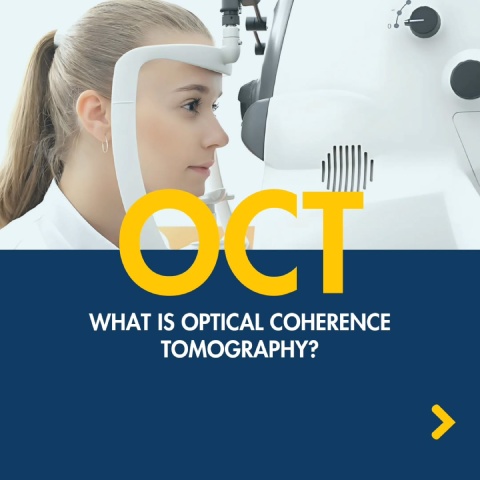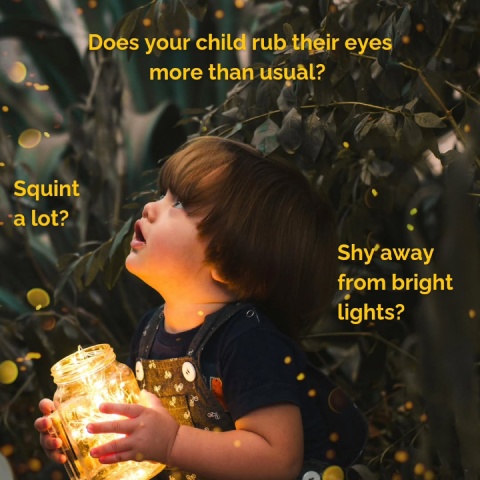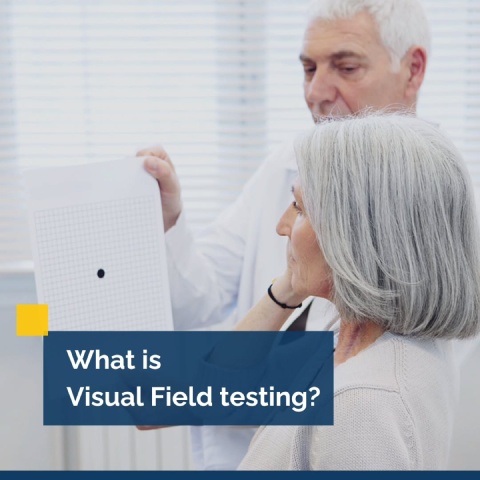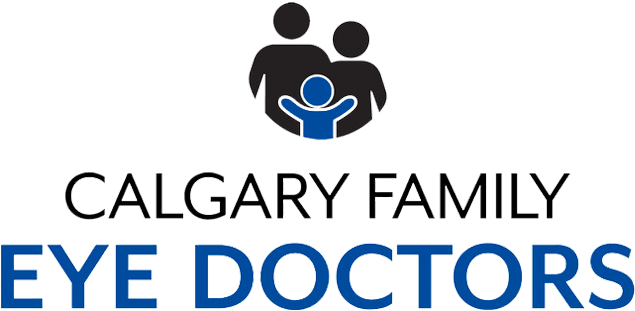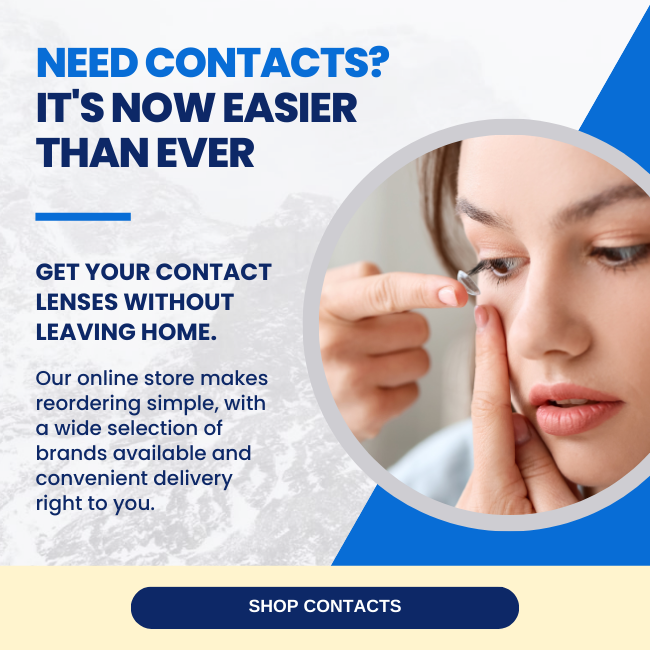Many of us keep a bottle of eye drops in a bag or a desk drawer for quick relief from dry, tired, or red eyes. But if you find yourself reaching for that little bottle every single day, you might wonder if it’s doing more harm than good.
The answer really depends on the type of drops you use and the reason you need them. While some eye drops, like preservative-free artificial tears, can be safe for daily use, others may cause problems if used too often. It’s helpful to understand the difference so you can care for your eyes properly.
Different Drops for Different Needs
The eye care aisle can be a bit overwhelming, but most over-the-counter drops fall into a few main categories. The type of drops you choose makes a big difference in how they affect your eyes long-term.
Artificial Tears or Lubricant Drops
These are the most common type of eye drops, designed to add moisture to your eyes. They work much like your own natural tears to relieve dryness. People often use them to combat discomfort from screen time, wind, or dry indoor air.
Redness-Relief Drops
Also known as decongestant drops, these products work by shrinking the tiny blood vessels on the surface of your eye. This makes the whites of your eyes look clearer. While they offer a quick cosmetic fix, they aren’t meant for long-term or daily use.
Allergy or Itch-Relief Drops
If seasonal allergies leave you with itchy, watery eyes, these drops may provide relief. They usually contain an antihistamine to calm the allergic reaction, causing discomfort, which can sometimes be mistaken for other common eye irritations. This helps to reduce the uncomfortable symptoms tied to pollen, pet dander, or dust.
Reasons You Might Reach for Eye Drops
Many forms of eye discomfort prompt people to start using eye drops. Understanding the causes of different symptoms can help you find the right kind of relief.
Dry & Irritated Eyes
You may experience a gritty, scratchy, or burning sensation in your eyes. This is a frequent issue for people who spend hours looking at digital screens. It’s also common in places with dry air, like heated or air-conditioned rooms—or like Calgary in general!
Can Dry Eyes Affect Vision?
Yes, significant dryness can sometimes lead to blurry vision. Your tear film helps create a smooth surface for light to enter your eye, so when it’s unstable, your focus may waver. This blurriness is usually temporary and often improves with the right care for dry eye.
Redness from Tiredness or Irritants
Lack of sleep can easily lead to red, tired-looking eyes. Exposure to irritants like smoke or dust can also cause blood vessels in the eyes to swell and become more visible. People often use drops to soothe this discomfort and reduce the red appearance of their eyes.
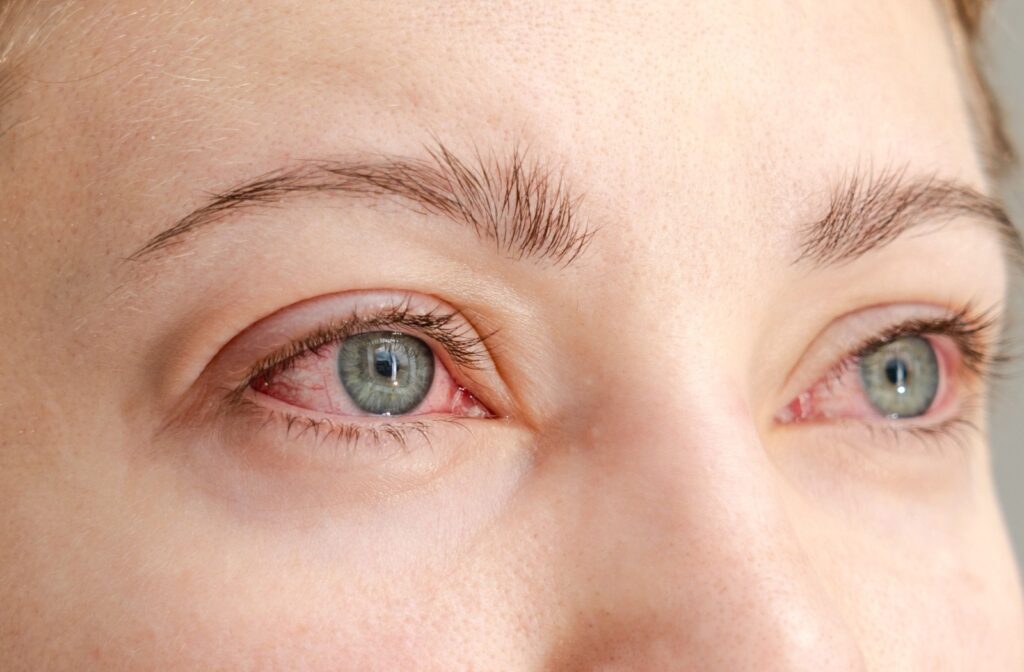
What Happens if You Use Eye Drops Every Day?
Consistent use of some kinds of eye drops can create new issues instead of solving old ones. The result of daily use depends on the type of drop and the underlying reason why you’re using it. It’s important to be aware of the potential effects.
The Problem with Preservatives
Many eye drops that come in multi-dose bottles contain preservatives to prevent bacterial growth. If you use these drops more than four times a day, these chemicals can start to irritate the surface of your eye. This can actually make your symptoms of dryness and irritation worse over time.
The Rebound Effect
If you use redness-relief drops daily, your eyes can become used to them. When a dose wears off, the blood vessels in your eyes may dilate even more than they did before. This condition is called rebound redness, and it creates a cycle of dependency on the drops.
Mask a Deeper Issue
Relying on eye drops might just be covering up symptoms of another condition. Persistent dryness, redness, or discomfort could be a sign of an issue that needs proper diagnosis and management.
How to Choose & Use Eye Drops Safely
When you need to use eye drops, it’s important to pick the right product for your eyes. You should also make sure to apply the drops correctly.
- Choose Preservative-Free Formulas: If you need to use artificial tears frequently, look for preservative-free options. They typically come in single-use vials and are gentler on your eyes for frequent application.
- Follow Package Directions: It’s important to use drops as recommended on the label. Avoid using them more often than suggested unless your eye care professional has given you different instructions.
- Practice Good Hygiene: Always wash your hands before putting drops in your eyes. To prevent contamination, be careful that the tip of the bottle does not touch your eye, eyelid, or any other surface.
When to Talk to Your Family Eye Doctors in Calgary
For most people, occasional use of eye drops is perfectly fine. However, if your symptoms persist or you notice other changes in your eyes or vision, it’s a good time for a check-up. As your family eye doctors in Calgary, we can help determine the root cause of your discomfort.
Your Symptoms Don’t Improve
If you’ve been using over-the-counter drops for about a week with no improvement, this is a sign that you should seek a professional opinion. Your eyes shouldn’t feel constantly dry, red, or irritated.
You Have New Symptoms
Pay close attention to any new issues that develop while you are using eye drops. Some signs that you should schedule an appointment include:
- Changes in your vision
- Pain in or around your eyes
- New sensitivity to light
- Any discharge or crusting around your eyelids
You Need Drops Every Single Day
If you feel like you can’t get through your day without using eye drops, you should speak to your optometrist. They can help you find a management plan that brings you lasting comfort.
Talk To your Optometrist
Your eye health is important, and you don’t have to settle for temporary fixes for ongoing discomfort. If you have any concerns about your eyes or your use of eye drops, we’re here to help. Contact our team at Calgary Family Eye Doctors today to schedule a visit and find a solution that works for you.
